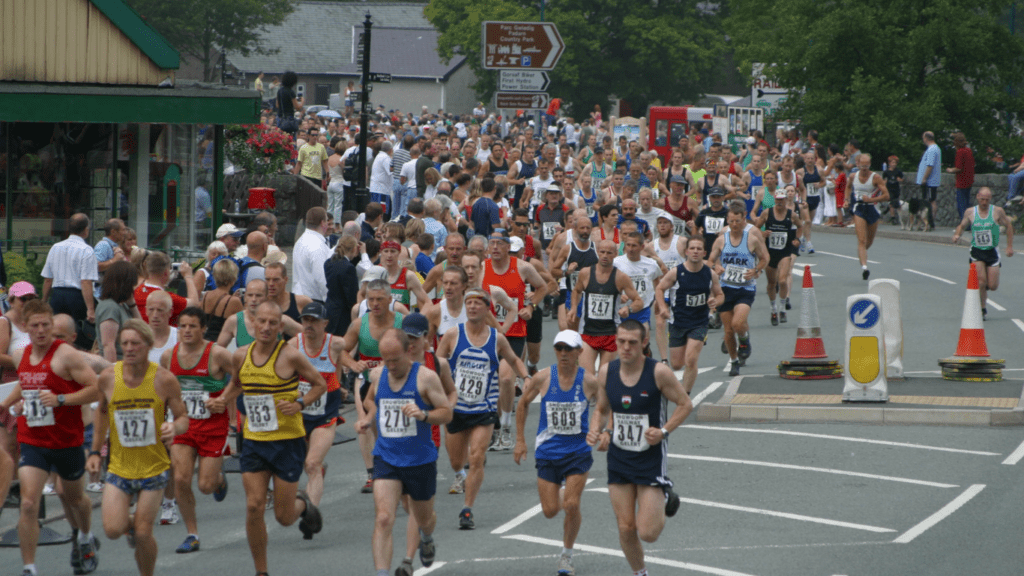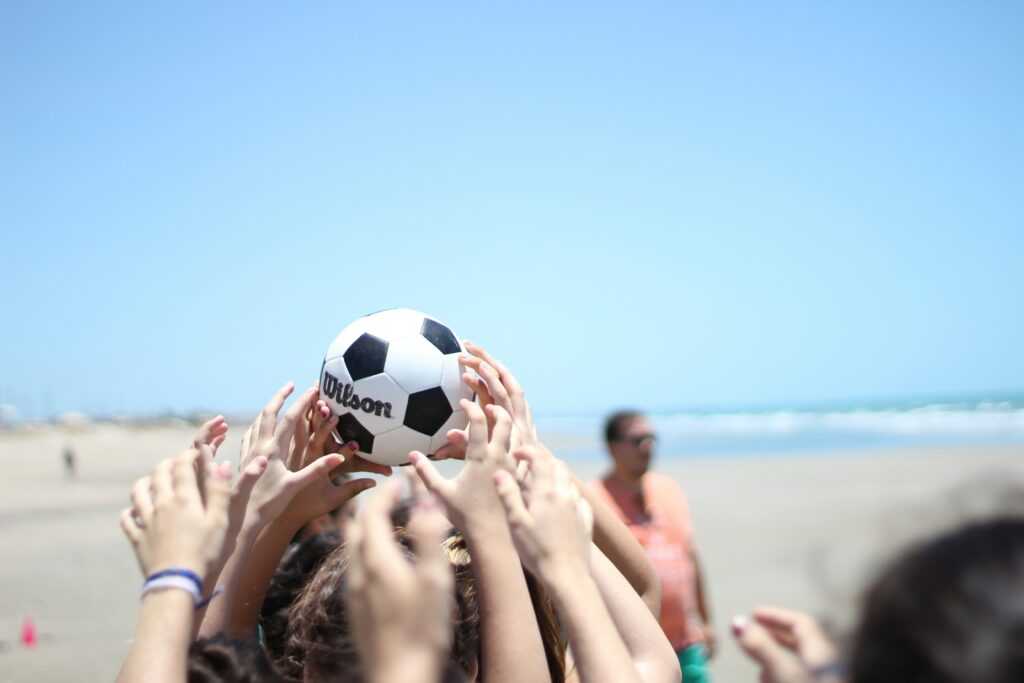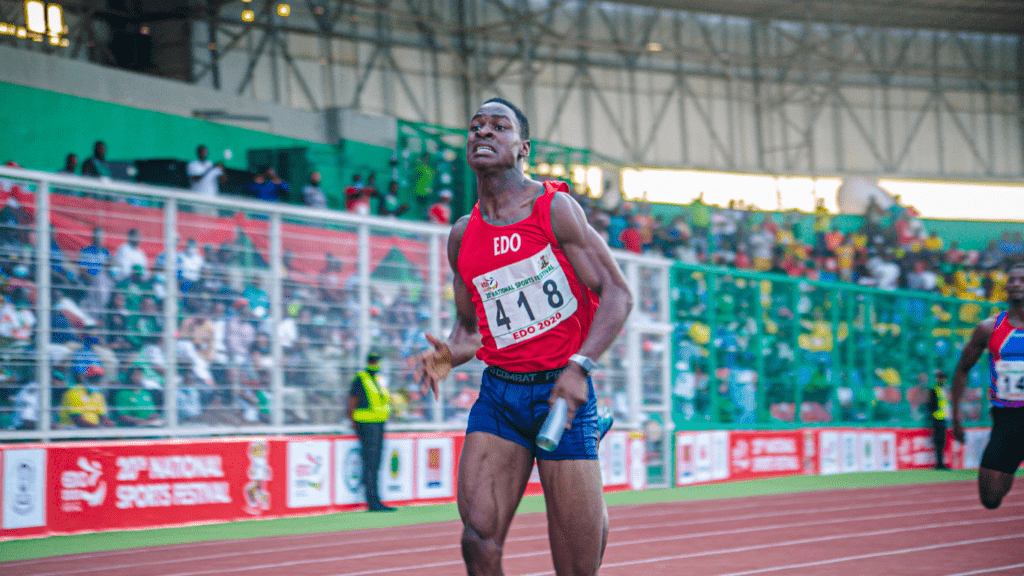The Rise of Marathon Tourism
Marathon tourism has witnessed significant growth, transforming marathons into highly anticipated global events. Runners no longer see these races as mere physical challenges; they view them as opportunities to explore new destinations. For instance, participating in the Berlin Marathon means experiencing both the race and the rich history of Berlin.
Various factors contribute to the rise of marathon tourism. One key factor is the allure of destination marathons. These marathons offer unique experiences by combining travel with fitness. For example, the Tokyo Marathon offers runners a chance to experience Japanese culture and scenic views.
Another factor driving this trend is the sense of community among runners. Marathons like the Boston Marathon foster a strong sense of camaraderie. Runners bond over shared goals and experiences, enhancing the overall appeal of marathon tourism.
Additionally, the economic impact on host cities cannot be ignored. Marathons attract thousands of participants and spectators, boosting local businesses. Data from the New York City Marathon shows a significant surge in hotel bookings and restaurant revenues during the race weekend.
With advancements in technology, registration processes and travel arrangements have become easier. Online platforms now offer seamless marathon sign-ups, accommodation bookings, and travel itineraries. This convenience boosts the attractiveness of marathon tourism.
Marathon tourism combines travel, fitness, and community, making it a compelling activity for many. Runners get to achieve personal goals while exploring new cities and cultures, driving the continued growth of this trend.
Popular Marathon Destinations
Marathon tourism offers runners a chance to experience unique cities across the globe. Here are some of the most sought-after marathon destinations.
The Boston Marathon
The Boston Marathon, established in 1897, remains one of the world’s oldest and most prestigious races. It takes place on Patriots’ Day each April, attracting top athletes and amateur runners alike. The route, from Hopkinton to Boston, features the challenging Heartbreak Hill, making it a must-run for any serious marathoner. Participation requires qualifying times, adding to its elite status.
The London Marathon
The London Marathon, first held in 1981, combines a scenic route with historical landmarks. Participants run past iconic sites like the Tower Bridge, the London Eye, and Buckingham Palace. This race is known for its festive atmosphere, with enthusiastic spectators lining the streets. The event also raises millions for charities, contributing to its popularity.
The Tokyo Marathon
The Tokyo Marathon, part of the World Marathon Majors, offers a unique experience blending modernity with tradition. Runners navigate through districts like Shinjuku, Asakusa, and Ginza. The well-organized event features efficient race management and enthusiastic support from locals. This marathon provides an excellent opportunity to explore Japan’s vibrant capital city while enjoying a world-class race.
Unique Marathons Around the World
Marathon tourism offers runners a unique way to explore different cultures and landscapes. Some marathons stand out due to their distinct settings and experiences.
The Great Wall Marathon, China
The Great Wall Marathon offers a challenging course through one of the world’s most iconic historical landmarks. Participants run along sections of the Great Wall, encountering steep ascents, descents, and thousands of stone steps. This marathon not only tests physical endurance but also offers breathtaking views of the Chinese countryside. It’s held annually in May and attracts runners from around the globe, making it a must-experience event for marathon enthusiasts.
The Midnight Sun Marathon, Norway
The Midnight Sun Marathon in Tromsø, Norway, takes place in June when the sun never sets above the Arctic Circle. Runners experience the unique phenomenon of the midnight sun while traversing a beautiful coastal route. This marathon provides mild summer temperatures and stunning arctic scenery, including fjords and mountains. Its late-night start time sets it apart, offering an unforgettable running experience under the perpetual daylight of the northern summer.
The Big Five Marathon, South Africa
The Big Five Marathon combines the thrill of a safari with the challenge of a marathon. Held in the Entabeni Game Reserve, the course runs through the natural habitat of Africa’s Big Five—lion, elephant, rhinoceros, buffalo, and leopard. Runners navigate rugged terrain, including sandy paths and rocky inclines, surrounded by diverse wildlife. This marathon provides a once-in-a-lifetime experience for adventurous runners seeking to combine their passion for running with a remarkable safari adventure.
Benefits of Marathon Tourism

Marathon tourism offers numerous benefits for both participants and host destinations. Here’s a look at how it impacts physical health, cultural experiences, and the economy.
Physical Health Benefits
Running marathons significantly improves cardiovascular health. Regular training leads to enhanced endurance and lower blood pressure, reducing the risk of heart disease. Another benefit includes weight management, as consistent running helps burn calories and build muscle. These long-term health advantages create a healthier lifestyle, reducing medical expenses related to chronic illnesses.
Cultural Experiences
Participating in marathons across the globe introduces runners to diverse cultures. For instance, running the Tokyo Marathon provides insight into Japanese traditions, while the Berlin Marathon immerses participants in Germany’s rich history. These events also allow for interactions with locals, offering authentic experiences that traditional tourism might miss. Additionally, sampling local cuisines and exploring historical landmarks enriches the travel experience, creating lasting memories.
Economic Impact
Marathon tourism boosts local economies by attracting thousands of runners and their supporters. During race weekends, cities see increased spending in:
- hotels
- restaurants
- retail shops
For example, the New York City Marathon generates millions of dollars in economic activity. This influx of visitors stimulates job creation and supports local businesses. Host cities often invest in infrastructure improvements to accommodate events, benefiting residents long after the race ends.
Marathon tourism’s physical, cultural, and economic benefits make it a growing trend worldwide, enriching the experiences of runners and the communities they visit.
Challenges and Considerations
Marathon tourism offers incredible experiences, but it also presents unique challenges that runners must navigate.
Training and Preparation
- Runners need to adapt their training programs to the specific conditions of their chosen marathon destinations.
- High-altitude marathons, such as those in the Andes or Himalayas, require rigorous acclimatization.
- Participants in the Inca Trail Marathon train several months in advance to handle the race’s elevation and terrain.
- Coastal marathons often involve humid climates, necessitating hydration strategies and heat acclimation.
- Runners should also account for time zone differences and jet lag, adjusting their routines to optimize performance.
Travel Logistics
Coordinating travel logistics is essential for a smooth marathon experience abroad. Securing visas, booking flights, and arranging accommodations close to the start line are critical steps. For the Berlin Marathon, it’s advisable to book hotels near Brandenburg Gate to minimize race day commute. Additionally, runners should pack all essential race gear as hand luggage to avoid delays caused by lost baggage. Language barriers can also pose challenges; hence, proficiency in basic local phrases or using translation apps eases communication during the trip.
Health and Safety Concerns
Health and safety concerns are paramount, especially in unfamiliar environments. Runners must get pre-race medical check-ups to ensure they’re fit to compete. Carrying a personal first-aid kit with essentials like pain relievers, blister treatments, and sunscreen is prudent. If running the Great Wall Marathon, participants often wear protective gear due to the rugged terrain. Awareness of local health advisories and vaccinations also ensures better preparedness against regional illnesses. For added security, travel insurance with race day coverage offers peace of mind in case of unexpected incidents.



